Introduction
The Uttar Pradesh Public Service Commission (UPPCS) examination is one of the most competitive state civil services exams in India. Among its stages, the Prelims exam holds significant importance because it acts as the first filtering stage. Every year, lakhs of candidates appear for the Prelims, but only a small percentage qualify for the Mains.
To crack UPPCS Prelims, one must understand the difficulty level of previous year question papers, the changing trends in question patterns, and how the cutoff has been influenced over the years.
This detailed guide provides a comprehensive difficulty level analysis of UPPCS Prelims (2015–2023), breaking down subject-wise weightage, changes in question framing, evolving strategies, and preparation tips for UPPCS 2025 aspirants.
The UPPCS Prelims exam consists of two papers:
Since CSAT is qualifying only, the focus remains on GS Paper I, where difficulty level directly impacts cutoff.
SubjectDifficulty TrendKey Observations
History
Moderate → High
Increased focus on UP’s regional history & culture.
Polity
Moderate
Shift from factual to analytical questions post-2017.
Geography
Moderate
Conceptual, map-based, applied.
Economy
Moderate → Tough
Linked with current affairs, budget, schemes.
Science & Tech
Moderate
NCERT base + applied questions on environment.
Environment
Increasing
UPSC-style, especially post-2017.
Current Affairs
High
30–40% weightage, highly unpredictable.
More Weight on Current Affairs – Now accounts for 30–40% of the paper.
UP-Specific Questions – State history, geography, and culture questions are rising.
Analytical Polity & Economy – Earlier factual, now more conceptual.
Science Linked with Environment – Instead of pure physics/chemistry, focus on applied concepts.
Difficulty Level Fluctuations – Some years like 2017 & 2022 were tough, while 2015, 2018, 2020 were moderate.
Tough Papers (2017, 2019, 2022): Cutoff dropped significantly.
Moderate Papers (2015, 2018, 2020, 2023): Cutoff stayed around average.
Key Insight: Candidates must prepare for uncertainty – some years papers are unexpectedly tough.
NCERT + Standard Books – For History, Geography, Science, Polity.
Daily Newspaper Reading – The Hindu + Dainik Jagran (UP specific).
Current Affairs Notes – Focus on schemes, environment, international events.
Practice Previous Year Papers (2015–2023) – Helps in trend identification.
Mock Tests – Regular practice to handle unpredictable patterns.
Revision – Multiple revisions of static + dynamic content.
Cutoff Impact: Cutoff slightly higher compared to 2022.
History: Balanced between ancient, medieval, modern.
Environment & Ecology: UPSC-style questions.
Current Affairs: Very high weightage (last 1 year’s events).
Overall Difficulty: Moderate
Cutoff Impact: Cutoff reduced significantly.
Economy: Budget, schemes heavy focus.
Science: Advanced-level, beyond NCERT.
Current Affairs: National + International (Ukraine war, G20).
Overall Difficulty: Tough
Cutoff Impact: Moderate cutoff.
History: More questions from regional UP history.
Geography: More conceptual, less factual.
Polity: Analytical (doctrines, articles).
Overall Difficulty: Moderate to Tough
Cutoff Impact: Cutoff balanced.
Polity & Governance: Factual plus applied.
Science & Environment: High number of questions.
COVID-related Current Affairs: New trend emerged.
Overall Difficulty: Moderate
Cutoff Impact: Lower cutoff due to difficulty.
Economy: Analytical, linked with current policies.
Geography: Map-based questions.
History: Heavy focus on ancient & art culture.
Overall Difficulty: Moderate to Tough
Cutoff Impact: Slightly higher cutoff compared to 2017.
Polity: Mostly factual.
Science & Tech: Application-based questions.
Current Affairs: More state-related (UP focus).
Overall Difficulty: Moderate
Cutoff Impact: Significant drop due to tough GS paper.
Geography: Mix of static and current-based.
Polity: Conceptual questions, not direct.
Environment & Ecology: High weightage (new trend).
Overall Difficulty: Tough
Cutoff Impact: Cutoff slightly dropped.
Economy: UPSC-type analytical questions.
History: More emphasis on medieval and modern history.
Current Affairs: Wider coverage including international events.
Overall Difficulty: Moderate to Tough
Cutoff Impact: Average cutoff due to balanced paper.
Science: Mostly static concepts from NCERT.
Polity & Constitution: Straightforward questions.
Current Affairs: National focus, less international.
Overall Difficulty: Moderate
Includes Reading Comprehension, Reasoning, Maths, and Decision-making.
Qualifying in nature (33% marks required)
Duration: 2 hours
100 questions, 200 marks
Paper II – CSAT (GS-II)
Includes subjects like History, Geography, Polity, Economy, Current Affairs, Science, Environment, etc.
Duration: 2 hours
150 questions, 200 marks
Paper I – General Studies (GS-I)

Lakshya IAS
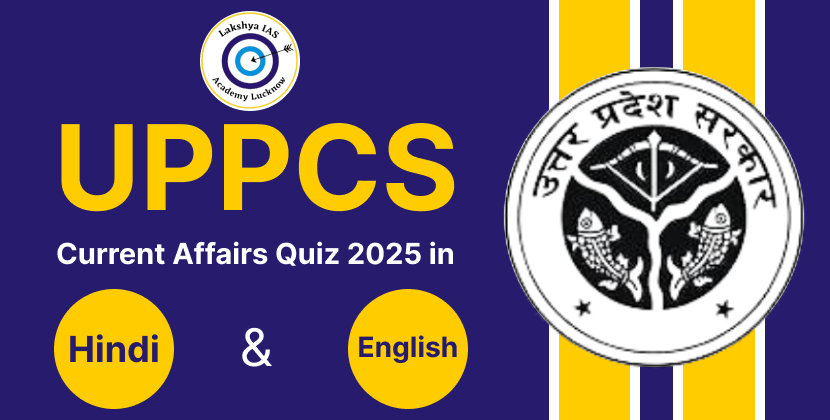
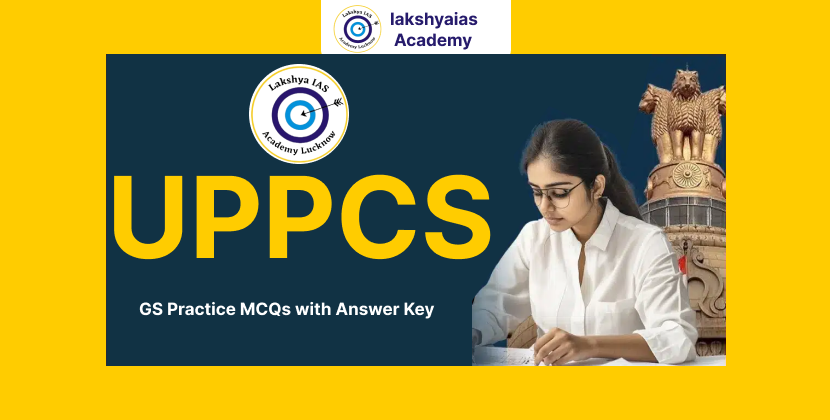
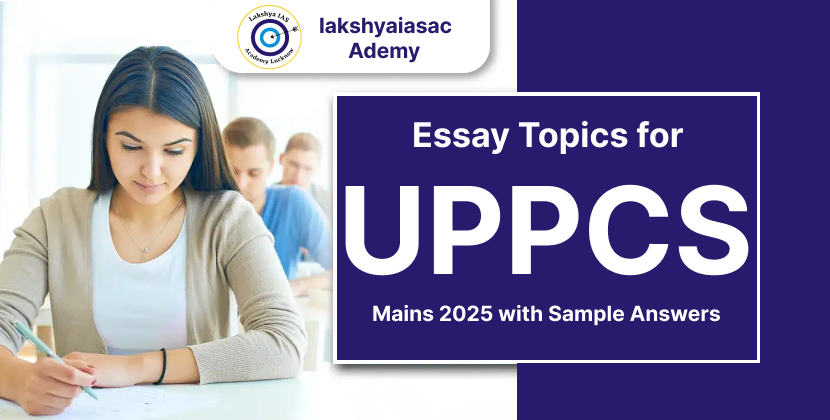
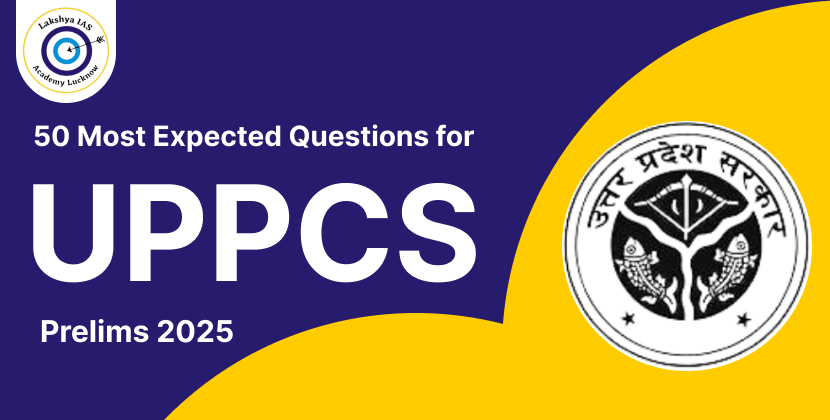
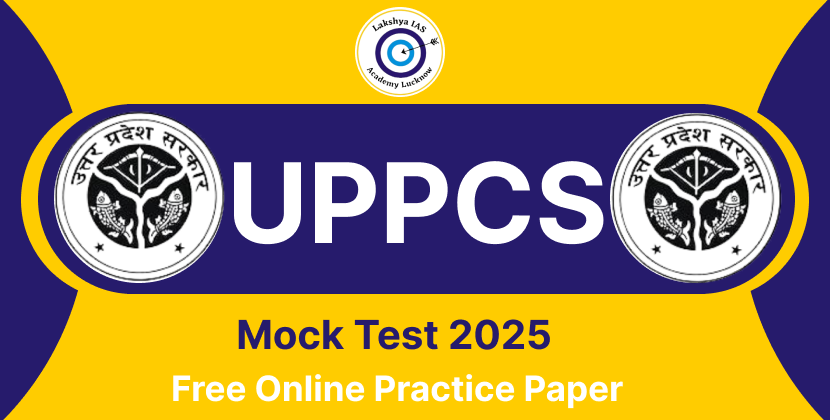
.png)
.png)

.png)
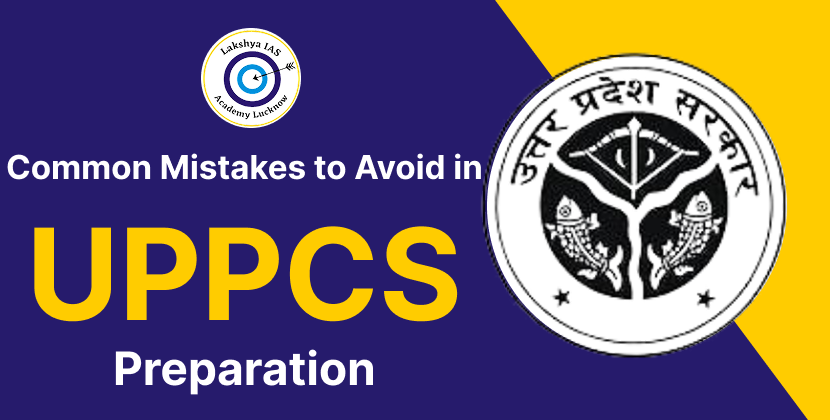
Leave a Comment